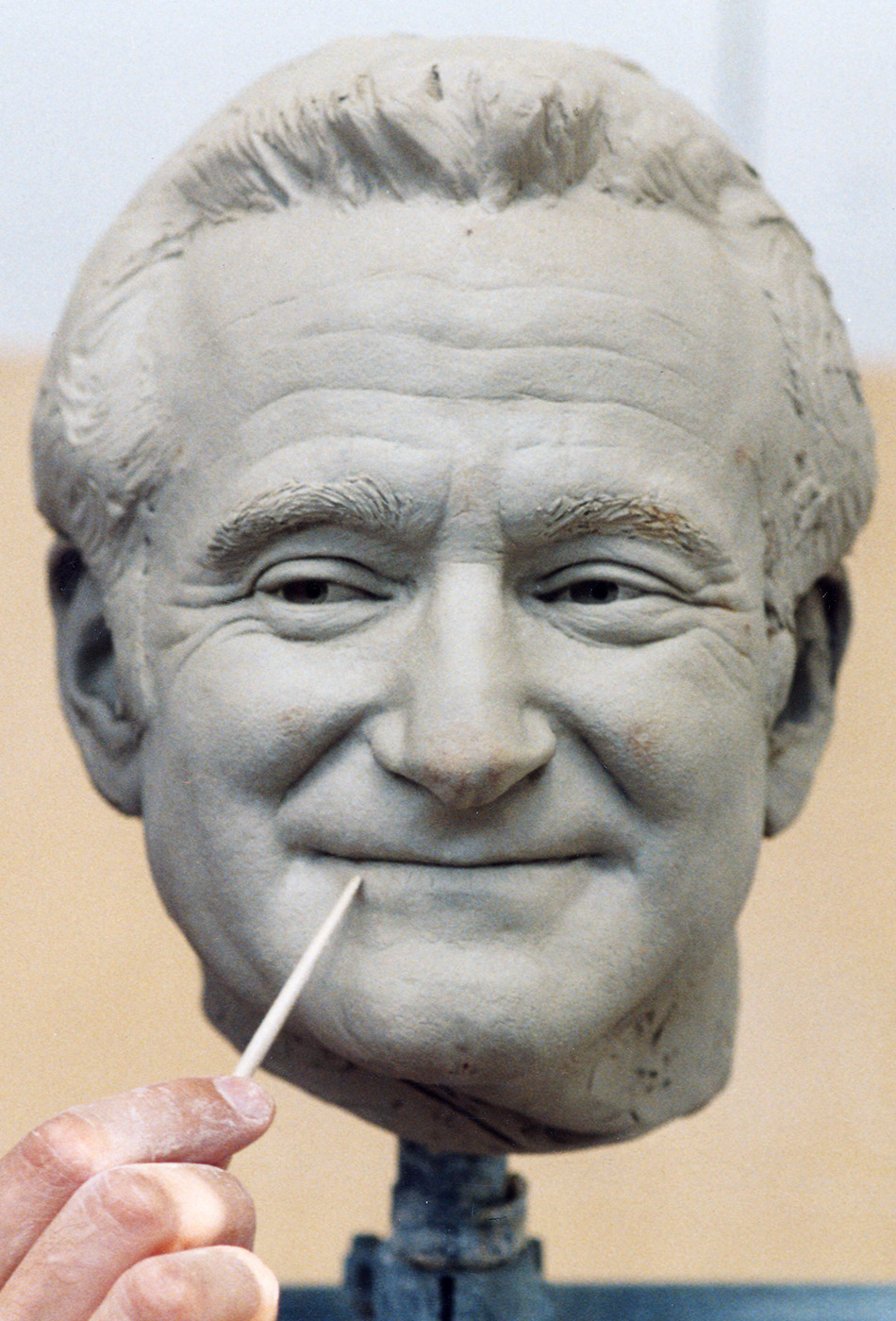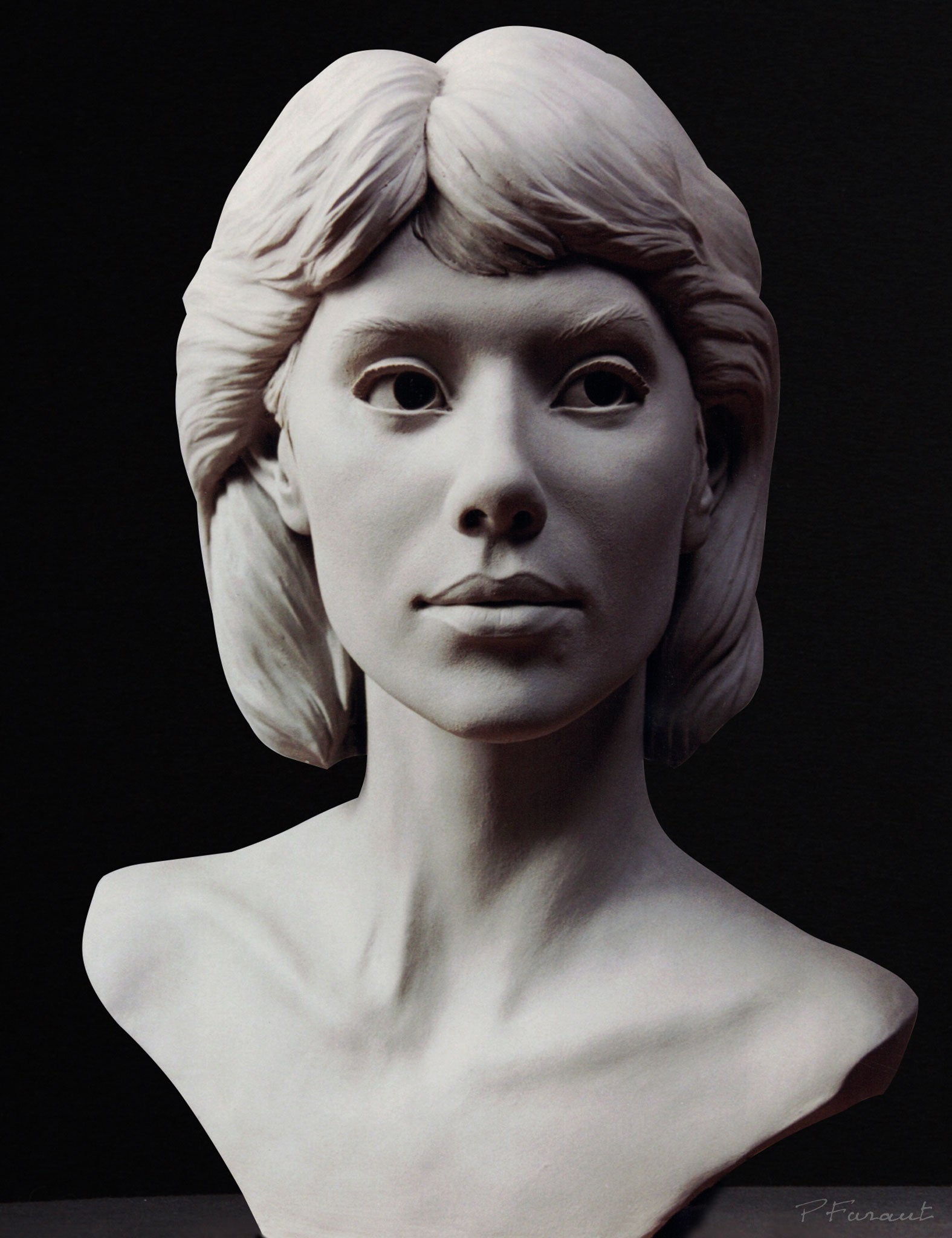The Evolution of Sculptures: From Ancient to Modern
The Advancement of Sculptures: From Old to Modern.
Sculpture, one of the earliest types of art, has been an important component of human world for millennia (Robert C Hitchcock Sculptor). From the old people of Egypt and Greece to the modern age, sculptures have actually developed, mirroring modifications in creative strategies, products, and cultural influences. This trip via time traces the growth of sculptures, checking out the shifts stylishly, topic, and imaginative expression
Starting with the ancient world, sculptures crafted from rock and later bronze captured the essence of divine beings, leaders, and everyday life. The Renaissance period observed a resurgence of classical sculpting strategies, as artists looked for to emulate the stylish kinds of ancient Greek and Roman sculptures. In the modern age, musicians challenged conventional borders, accepting abstraction and trial and error with new materials.

This expedition will look into the diverse evolution of sculptures, revealing the abundant tapestry of artistic expression throughout various durations and cultures.
Ancient Sculptures: From Stone to Bronze
Old sculptures transitioned from being carved out of stone to being cast in bronze. This change marked a significant advancement in the art of sculpture, enabling higher improvement and information in the ended up jobs. Stone sculptures, while excellent in their very own right, were limited by the nature of the product. Rock required comprehensive carving and forming, usually resulting in a much more simplified depiction of the subject.
The introduction of bronze as a tool for sculptures caused a transformation in artistic expression. Bronze provided carvers the chance to create detailed and realistic types that were not possible with stone. The procedure of casting bronze permitted the creation of several duplicates of a sculpture, allowing bigger distribution and conservation of these imaginative work of arts.
The transition from stone to bronze likewise saw a shift in the subject matter of sculptures. While rock sculptures mostly illustrated gods, goddesses, and mythological numbers, bronze sculptures began to show a broader variety of topics, including day-to-day people and pets. This expansion of subject issue showcased the versatility and flexibility of the bronze medium.
Renaissance Resurgence: Forming in the Timeless Style
The Renaissance resurgence of sculpture experienced a rebirth in the classic style, building upon the advancements made during the change from rock to bronze in ancient sculptures. Throughout this duration, artists looked for to recreate the classical aesthetic and ideals of elegance that were prevalent in ancient Greek and Roman sculptures.
Among the crucial features of the Renaissance rebirth was the emphasis on naturalism and the human type. Artists like Donatello and Michelangelo aim to catch the physiological information and expressions of their subjects with unprecedented precision. They examined the body and integrated their monitorings into their sculptures, leading to practical and realistic representations.
Another important element of the Renaissance rebirth was the expedition of viewpoint and depth. Artists made use of strategies such as contrapposto, where the weight of the body is changed away, creating a sense of motion and dynamism. They additionally trying out different materials, including marble and bronze, to achieve a degree of sophistication and details in their sculptures.
The classic style of the Renaissance rebirth had an extensive influence on later periods of art, functioning as a foundation for the advancement of Western sculpture. It brought a renewed gratitude for the elegance and majesty of the human type, and its heritage can still be seen in modern sculptures today.
Innovation and the Avant-Garde: Damaging Typical Borders

One of the essential attributes of modernist sculpture was the emphasis on abstraction. Sculptors moved away from practical depictions and rather focused on recording the significance of the topic through simplified forms and geometric forms. This departure from conventional depiction permitted musicians to express their emotions and concepts in a more subjective and individual fashion.
Furthermore, the avant-garde activity tested societal norms and conventions, urging musicians to experiment and press the boundaries of their art - Equine Sculptures. Sculptors began including unconventional materials such as discovered things, commercial materials, and even all-natural aspects right into their work. This expedition of new materials and techniques not just broadened the opportunities for sculpture but likewise challenged the traditional concepts of what might be taken into consideration art
Contemporary Sculptures: Exploring New Products and Concepts
With an emphasis on checking out brand-new products and principles, modern sculptures have changed the field of art. Artists today are pressing the limits of standard sculpture by making use of cutting-edge products and experimenting with abstract concepts. These sculptures test traditional concepts of meaning, form, and materiality, inviting viewers to participate in a provocative and brand-new artistic experience.
Contemporary sculptors are embracing a variety of products, consisting of plastic, glass, metal, and even raw material. Portrait Sculptor. They are not limited to the typical medium of stone or clay, enabling for greater civil liberty and testing. This change in the direction of unusual products has actually opened new possibilities for artists to develop sculptures that are dynamic, interactive, and aesthetically striking
Along with exploring new materials, modern sculptures also look into complicated and abstract concepts. Musicians are currently checking out themes such as identification, social issues, and the setting, utilizing sculpture as a powerful tool for social commentary and introspection. These sculptures test audiences to assume critically and engage with art on a deeper level, stimulating discussions and prompting psychological actions.
Worldwide Influences: Sculptural Traditions From Worldwide

In old Egypt, sculptures were developed mainly for religious and funerary objectives. The iconic sculptures of gods and pharaohs, such as the Great Sphinx and the breast of Queen Nefertiti, showcase the Egyptians' mastery of stone carving and their idea in the afterlife.
In ancient Greece, sculpture reached its optimal during the timeless duration. Influenced by the perfects of appeal, proportion, and harmony, Greek sculptures emphasized the human form and commemorated the success of gods, heroes, and athletes. The popular sculptures of Aphrodite of Knidos and the Discobolus exemplify the Greeks' pursuit of perfection in sculptural art.
In old Rome, sculpture served both political and artistic purposes. Portrait Sculptor. Roman sculptures typically portrayed emperors, generals, and mythical figures, mirroring the power and magnificence of the empire. The marble sculpture of Augustus of Prima Porta and the huge Arc of Constantine are remarkable instances of Roman sculptural accomplishments
Eastern sculptural practices, particularly in India, China, and Japan, have additionally had an extensive impact on the evolution of sculptures. Japanese sculptures, affected by Buddhism, stress simpleness and serenity, seen in the tranquil statuaries of Buddha and the sophisticated art of bonsai.
The worldwide influences on website here sculpture proceed to progress in the contemporary period. As we look to the future, it is particular that the international impacts on sculpture will continue to shape and redefine this old art type.
Verdict
In verdict, the evolution of sculptures has actually seen a change from old stone and bronze works to the classic revival during the Renaissance. Today, contemporary sculptures check out brand-new products and principles, while likewise drawing motivation from global sculptural customs - Robert C Hitchcock Sculptor.
From the old civilizations of Egypt and Greece to the modern-day age, sculptures have evolved, showing adjustments in artistic methods, products, and cultural influences.Starting with the old world, sculptures crafted from rock and later bronze caught the significance of deities, rulers, and day-to-day life.Ancient sculptures transitioned from being carved out of stone to being cast in bronze. While stone sculptures predominantly portrayed gods, sirens, and mythological numbers, bronze sculptures started to mirror a wider variety of subjects, including everyday individuals and pets.In final thought, the advancement of sculptures has seen a shift from ancient rock and bronze functions to the classic rebirth throughout the Renaissance.